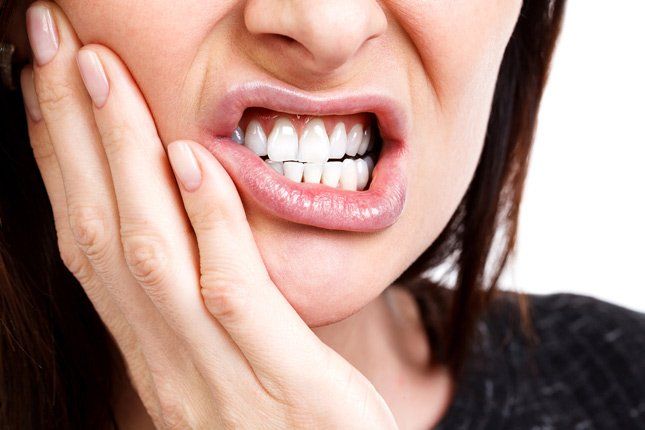Treatment of TMJ in Newcastle
DON'T PUT UP WITH JAW PAIN ANYMORE...
Temporomandibular Joint syndrome (TMJ)
Temporomandibular Joint (TMJ) syndrome is a pain that occurs in the jaw. This can be linked to a variety of medical problems that stem from your oral health.
If you’re suffering from sensitive teeth, dizziness similar to vertigo or persistent pain in your head, jaw or neck, don’t disregard it.
Your symptoms most likely lead to a much larger issue with your health. Speak to a professional today to relieve yourself from pain.
The TMJ connects the lower jaw (mandible) to the skull (temporal bone) in front of the ear. These certain muscles control your chewing; they are also attached to your lower jaw. When this joint is damaged, it can lead to a localised pain disorder known as Temporomandibular Joint (TMJ) syndrome.
WHAT CAUSES TMJ SYNDROME?
A general cause for TMJ has not yet been determined, yet many problems can arise from the muscles or parts of the jawbone itself.
Injury to the jaw has been the most common cause, such as a strike, knockout or whiplash. Other possible causes have been known to be grinding, clenching or putting unnecessary pressure on your teeth. Dislocation of the soft cushion or disc between the ball and socket has also caused TMJ syndrome. The presence of osteoarthritis, rheumatoid arthritis and tightening your facial or jaw muscles due to stress are also known factors.
Diagnosing and treatment of TMJ syndrome must be done by a professional.
At Honeysuckle Dental, we will examine your jaw alignment and function. If we believe we need to run further examinations, then an x-ray may be required.
If it is apparent that you do suffer from TMJ syndrome, most of the time we are able to treat your disorder without surgery, a number of non-invasive techniques can be used to manage TMJ syndrome. Talking to one of the professionals here at Honeysuckle Dental is the best way to determine the most successful way of treating your symptoms.
If you would like more information about TMJ syndrome, click here to speak to one of our friendly staff or call on (02) 4915 9230.









